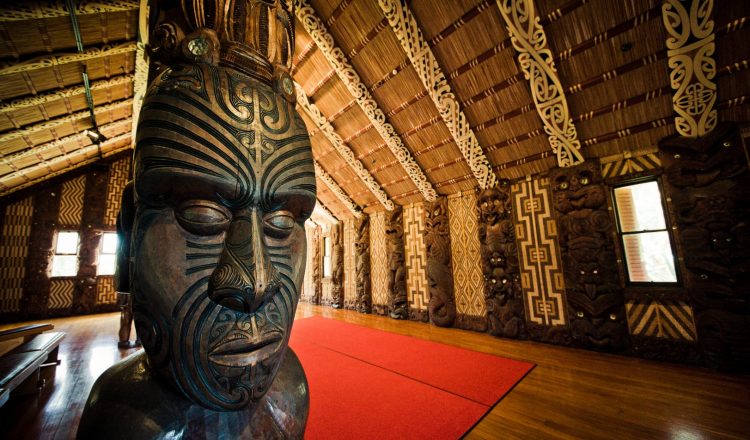Māori electorates have been a feature of national politics for more than 150 years, but at a local level just three of New Zealand’s 78 local authorities have Māori wards – the Bay of Plenty and Waikato regional councils and Wairoa District Council.
The Bay of Plenty Regional Council was the first council to introduce Māori wards and Kohi Māori constituency councillor Toi Iti has welcomed the move to make them easier to introduce.
“I mihi to the minister for her proposed amendments to the Local Electoral Act,” he said.
“The sections in question are unfair, inconsistent, and discriminatory against Māori. They always have been.
“This change has been a long time coming and is indicative of the reforms that this new government will be rolling out across the local government sector.”
Iti said though Māori wards were not a “fix-all panacea”, it was a start to get more Māori around council tables before the real mahi began.
“The mahi is working with the whole community, including councillors and staff, to navigate councils towards being fit-for-purpose organisations that can provide essential services, infrastructure and resource management for the wellbeing of all our communities, Māori and non-Māori alike,” he said.
“We will still have to overcome many challenges to get to that place, especially with the shifting seas we operate in, but this is certainly the kind of step change needed to get the waka in the water.”
Last week, the legislation around Māori wards was raised in the Whakatāne District Council chambers by Mayor Judy Turner, who voted in favour of Māori wards in 2017.
Councillors Andrew Iles, Gerard van Beek, and Nandor Tanczos also voted in favour three years ago while Julie Jukes and Alison Silcock voted against.
Whakatāne has held two polls on Māori wards, the results of which show favour may be growing in the district.
In 2018, 55 percent voted against Māori wards while in 2007, 70 percent voted against.
Source: RNZ News – www.rnz.co.nz





























































